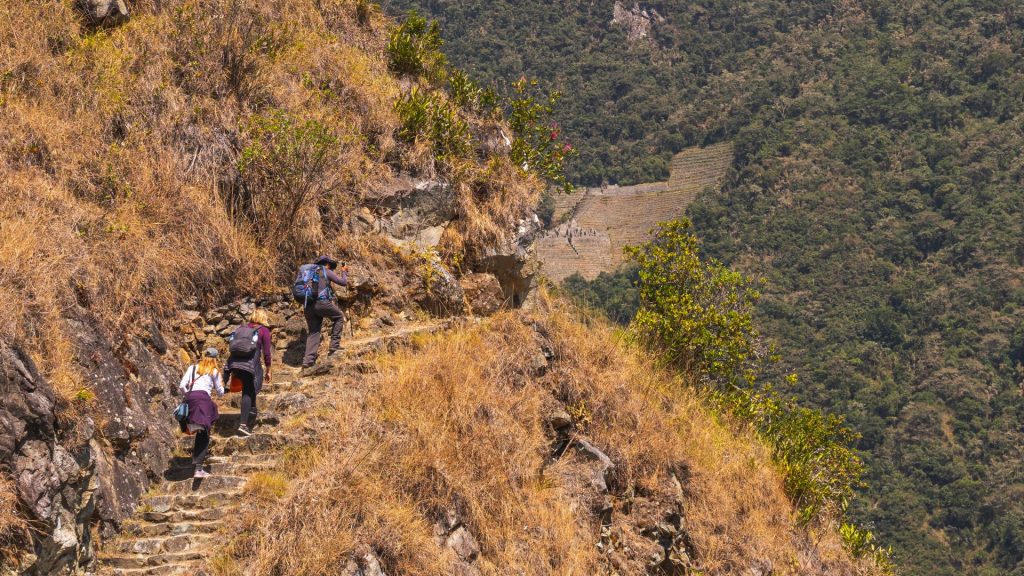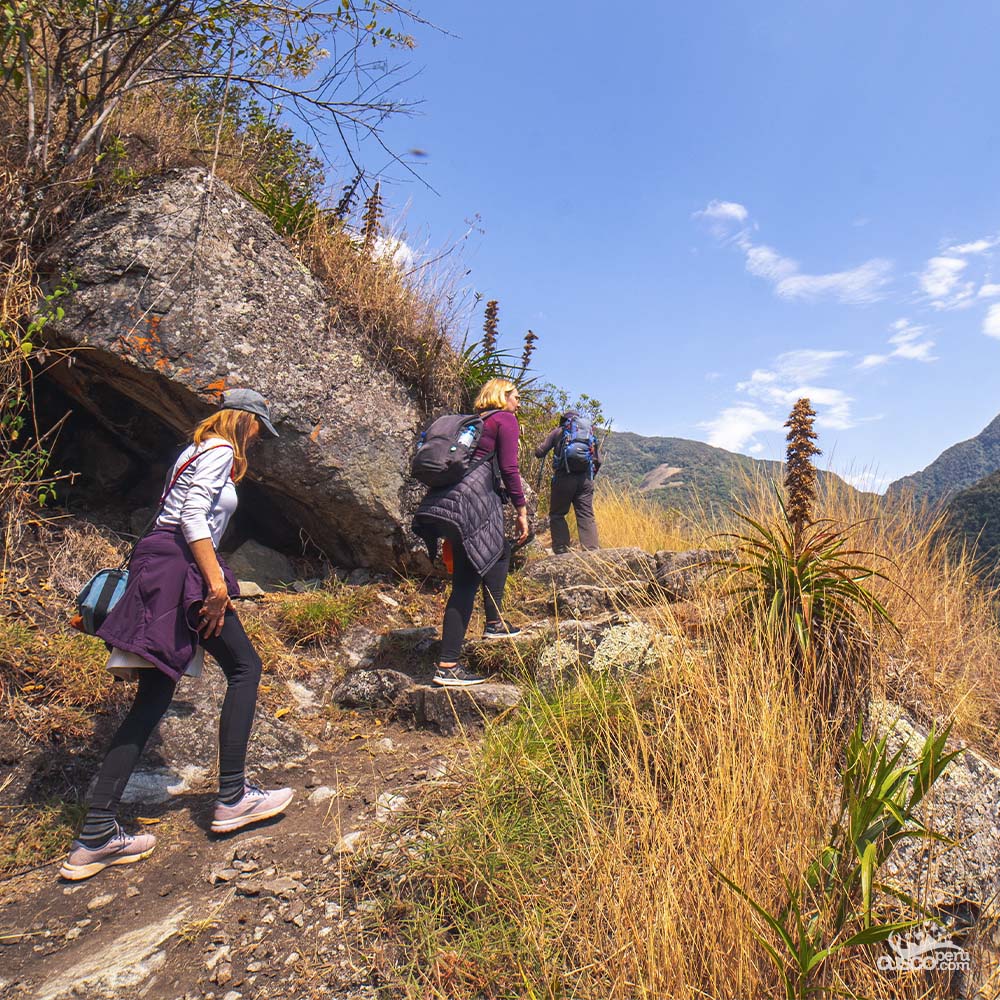The Inca Trail to Machu Picchu is one of the best trekking routes in Peru, covering about 43 km of the Qhapaq Ñan, an ancient route used by the Incas. Due to its popularity, many questions arise about what you need to know for this journey; here we will answer the most frequently asked questions.


